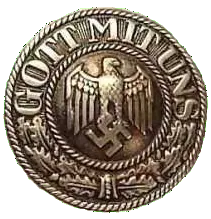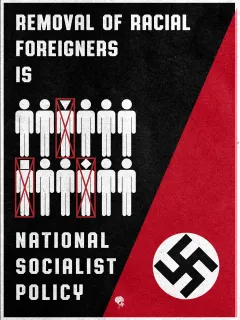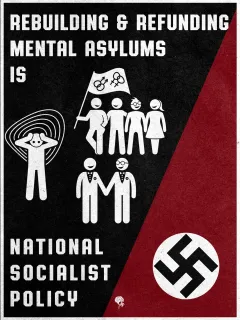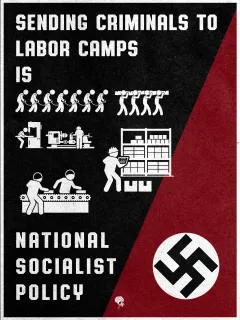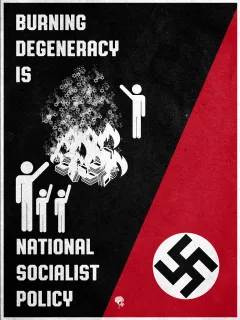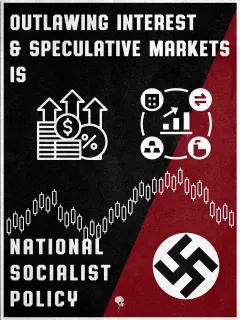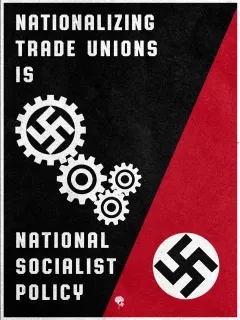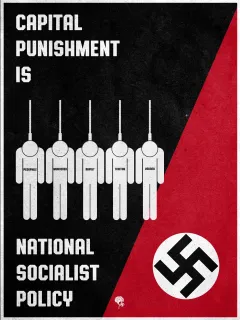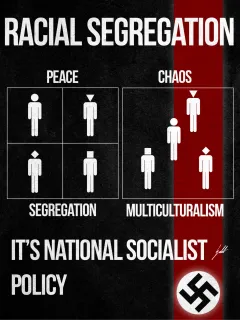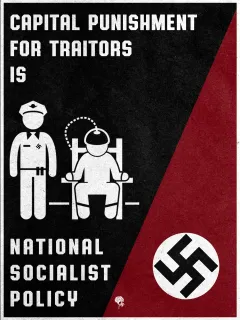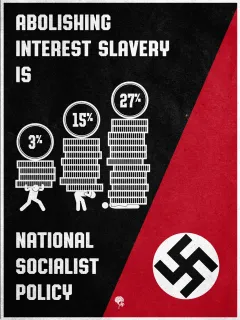Page 018
also in the language fight which was carried on in the old Austria. There were three groups--the fighters, the hedgers and the traitors. Even in the schools this sifting already began to take place. And it is worth noting that the struggle for the language was waged perhaps in its bitterest form around the school; because this was the nursery where the seeds had to be watered which were to spring up and form the future generation. The tactical objective of the fight was the winning over of the child, and it was to the child that the first rallying cry was addressed:
"German youth, do not forget that you are a German," and "Remember, little girl, that one day you must be a German mother."
Those who know something of the juvenile spirit can understand how youth will always lend a glad ear to such a rallying cry. Under many forms the young people led the struggle, fighting in their own way and with their own weapons. They refused to sing non-German songs. The greater the efforts made to win them away from their German allegiance, the more they exalted the glory of their German heroes. They stinted themselves in buying things to eat, so that they might spare their pennies to help the war chest of their elders. They were incredibly alert in the significance of what the non-German teachers said and they contradicted in unison. They wore the forbidden emblems of their own kinsfolk and were happy when penalised for doing so, or even physically punished. In miniature they were mirrors of loyalty from which the older people might learn a lesson.
And thus it was that at a comparatively early age I took part in the struggle which the nationalities were waging against one another in the old Austria. When meetings were held for the South Mark German League and the School League we wore cornflowers and black-red-gold colours to express our loyalty. We greeted one another with Heil ! and instead of the Austrian anthem we sang our own Deutschland über Alles, despite warnings and penalties. Thus the youth were educated politically at a time when the citizens of a so-called national State for the most part knew little of their own nationality except the language. Of course, I did not belong to the hedgers. Within a little while I had become an ardent 'German National', which has a different meaning from the party significance attached to that phrase to-day.
I developed very rapidly in the nationalist direction, and by the time I was 15 years old I had come to understand the distinction between dynastic patriotism and nationalism based on the concept of folk, or people, my inclination being entirely in favour of the latter.
Such a preference may not perhaps be clearly intelligible to those who have never taken the trouble to study the internal conditions that prevailed under the Habsburg Monarchy.
Among historical studies universal history was the subject almost exclusively taught in the Austrian schools, for of specific Austrian history there was only very little. The fate of this State was closely bound up with the existence and development of Germany as a whole; so a division of history into German history and Austrian history would be practically inconceivable. And indeed it was only when the German people came to be divided between two States that this division of German history began to take place.
The insignia1 of a former imperial sovereignty which were still preserved in Vienna appeared to act as magical relics rather than as the visible guarantee of an everlasting bond of union.
When the Habsburg State crumbled to pieces in 1918 the Austrian Germans instinctively raised an outcry for union with their German fatherland. That was the voice of a unanimous yearning in the hearts of the whole people for a return to the unforgotten home of their fathers. But such a general yearning could not be
1 When Francis II had laid down his title as Emperor of the Holy Roman Empire of the German Nation, which he did at the command of Napoleon, the Crown and Mace, as the Imperial Insignia, were kept in Vienna. After the German Empire was refounded, in 1871, under William I, there were many demands to have the Insignia transferred to Berlin. But these went unheeded. Hitler had them brought to Germany after the Austrian Anschluss and displayed at Nuremberg during the Party Congress in September 1938.




